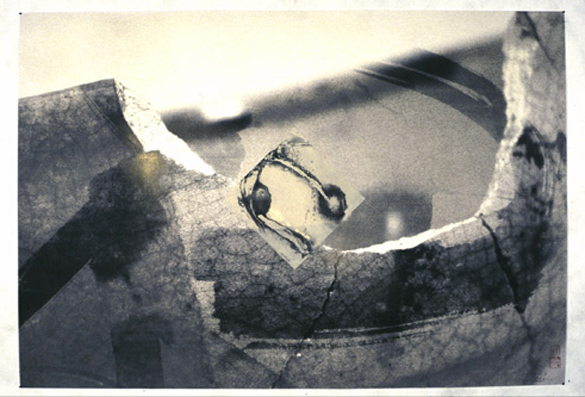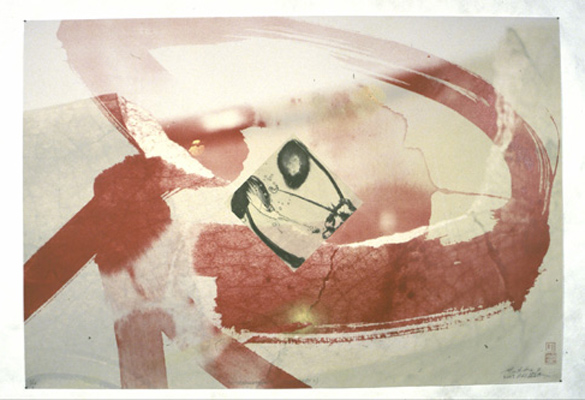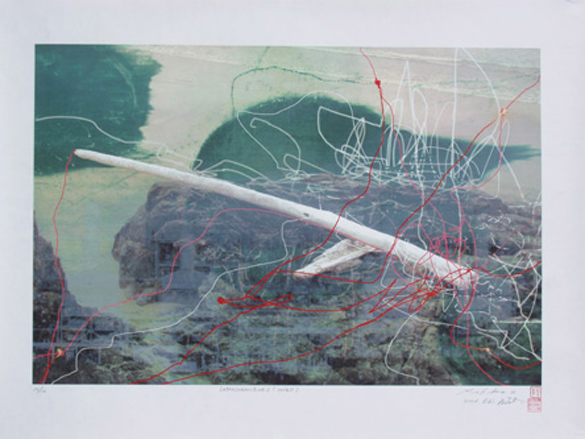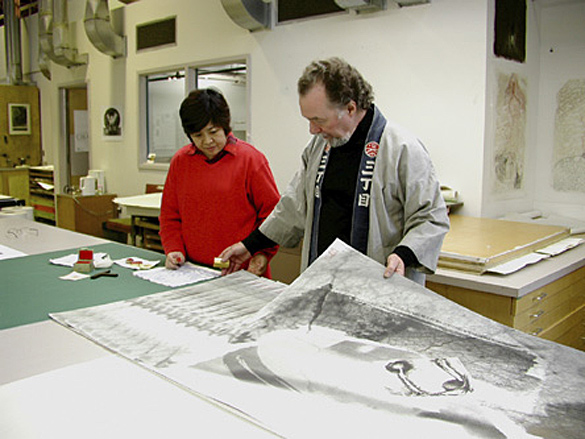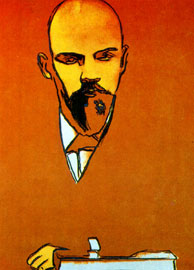death of film
J.T. Kirkland at thinking about art wrote a review of James W. Bailey’s photography exhibit “The Death of Film”, showing at the Fisher Gallery in the Schlesinger Concert Hall & Arts Center, Alexandria, Virginia. Bailey’s work, coined “Rough Edge Photography,” concerns itself with the demise of film photography. His process incorporates the violent manipulation of unexposed film, developed negatives and prints. The results are unique images that can not be duplicated: each “Rough Edge Photography” piece is an original work of art.
James W. Bailey responds, mainly on the issue of his framing. I think Bailey speaks very honestly about his unique work, and why he uses this process, thus giving us a better understanding. Very interesting reading!
Somewhat related previous articles on the state of photography:
end of photography?, Hockney’s view and about “big” digital prints.
